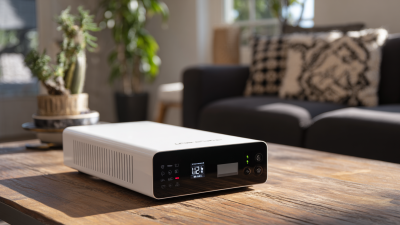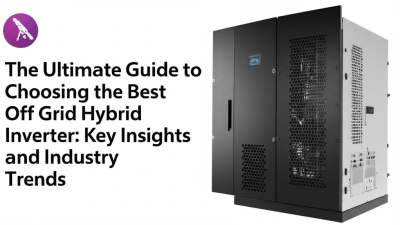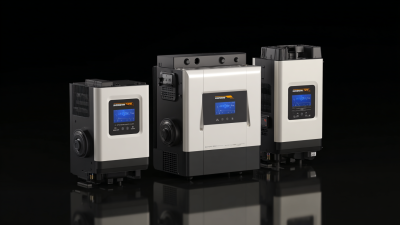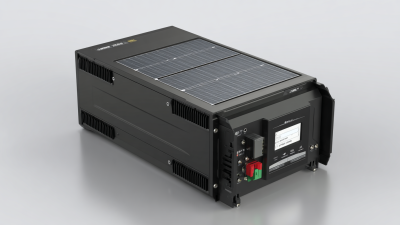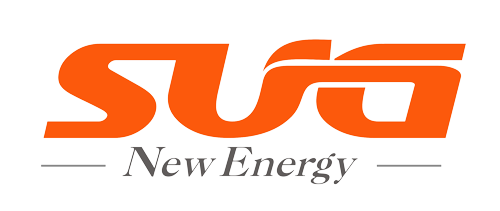
As the adoption of renewable energy sources accelerates, the demand for efficient energy management solutions has surged, highlighting the significance of the Bidirectional Solar Inverter in modern solar power systems. According to the International Energy Agency (IEA), global solar power capacity is projected to reach 2,840 gigawatts (GW) by 2025, making the integration of advanced inverter technology crucial for optimal energy utilization. A Bidirectional Solar Inverter plays a pivotal role not only in converting direct current (DC) generated by solar panels into alternating current (AC) for household use but also in managing energy flows back to the grid or energy storage systems. By facilitating seamless energy exchange, these inverters enhance the overall efficiency of solar energy systems and provide users with greater control over their energy consumption and storage. Understanding how a Bidirectional Solar Inverter operates can empower consumers and businesses alike to maximize their investments in solar technology, contributing to a more sustainable energy landscape.
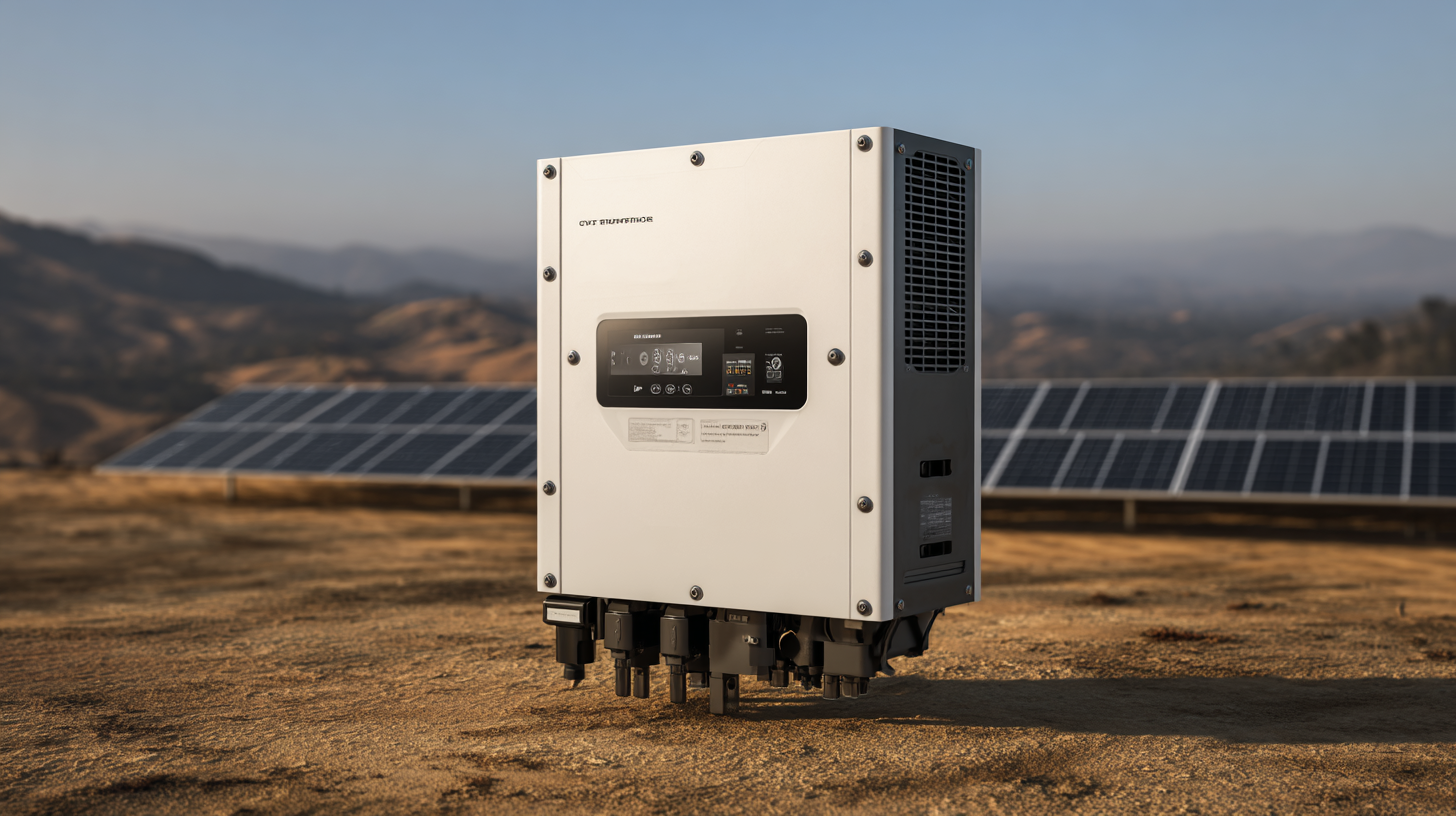
Bidirectional solar inverters are essential components in modern solar energy systems, allowing for the efficient management of energy flow between solar panels, the grid, and battery storage. These inverters function by converting direct current (DC) generated from solar panels into alternating current (AC) for household use while also enabling the reverse process. This dual functionality is crucial for systems that integrate battery storage, allowing excess energy generated during sunny periods to be stored and used later, thus enhancing energy independence and reliability.
Key features of bidirectional solar inverters include their ability to monitor and control energy flow, ensuring that energy is utilized efficiently. Advanced models often incorporate smart technology, allowing users to track performance and manage consumption through mobile applications. Specifications typically include power rating, efficiency percentage, and compatibility with various types of solar panels and batteries. Furthermore, safety features like overload protection, temperature monitoring, and grid synchronization are critical to ensuring the longevity and reliability of the solar energy system. This seamless operation not only maximizes energy yield but also contributes to a more sustainable energy future.
Bidirectional solar inverters play a crucial role in modern energy systems by enabling two-way energy flow between solar panels and the grid or battery storage. Unlike traditional inverters, which only convert DC power from solar panels to AC power for immediate use, bidirectional inverters can also route excess energy generated during peak sunlight hours back to the grid or store it for later use. This dual functionality enhances energy efficiency and can lead to significant cost savings for homeowners and businesses alike. According to a report by the U.S. Department of Energy, the integration of bidirectional inverters can improve self-consumption of solar energy by up to 30%, maximizing the return on investment in solar technology.
The mechanics behind bidirectional solar inverters involve sophisticated control systems that monitor energy demand in real-time. With the ability to switch seamlessly between sending energy to the grid and drawing from it, these inverters maintain a balance in energy flow. The International Energy Agency noted that as of 2021, the global market for solar inverters, including bidirectional types, was valued at approximately $8.2 billion and is projected to grow significantly as renewables gain a deeper foothold in energy systems. This transition not only helps in reducing electricity costs but also contributes to a more resilient and sustainable energy infrastructure.
| Feature | Description | Benefits |
|---|---|---|
| Energy Conversion | Converts DC from solar panels to AC for use in home. | Allows energy from the sun to be utilized effectively. |
| Bidirectional Flow | Can both send energy to the grid and store in batteries. | Increases energy efficiency and flexibility in energy use. |
| Smart Technology | Integrates with smart home systems and monitoring apps. | Enhances user control and insight into energy consumption. |
| Grid Synchronization | Works in tandem with the electric grid to maintain power quality. | Provides stability and reliability to the power supply. |
| Environmental Impact | Promotes the use of renewable energy sources. | Contributes to reducing carbon footprint. |
Bidirectional solar inverters are revolutionizing the way we harness solar energy by allowing not only the conversion of DC to AC for household use but also enabling energy storage. The ability to efficiently store excess solar energy for later use is particularly advantageous, as it provides a buffer against fluctuations in energy production and consumption. By integrating energy storage systems with a bidirectional inverter, users can optimize their energy use, resulting in significant savings on electricity bills and enhancing the reliability of their power supply.
The key advantages of bidirectional solar inverters include their high efficiency and the capability to manage energy flow seamlessly. For instance, a well-designed bidirectional inverter can achieve performance levels that dramatically improve the utilization of renewable sources. Reports indicate that the global market for electric vehicle power inverters is expected to grow from $10.56 billion in 2025 to $25.25 billion by 2032, highlighting the burgeoning demand for more efficient energy management solutions across various sectors, including electric vehicles and smart grids.
**Tips:** When considering a bidirectional solar inverter, look for models that include advanced features such as intelligent maximum power point tracking (MPPT) and grid compatibility. These features can enhance overall system performance and integrate better with existing infrastructure. Additionally, it's advisable to keep abreast of new developments in hybrid renewable energy systems to maximize your energy management strategy effectively.
Comparing the efficiency of bidirectional solar inverters to traditional inverters highlights the advantages in energy management and storage capabilities. The following chart illustrates the differences in energy conversion efficiency.
The market for bidirectional solar inverters is gaining momentum as stakeholder awareness of environmental issues increases, particularly in China. Recent industry analysis highlights the significant growth in the photovoltaic sector, driven by strict energy-saving and emission-reduction policies. As a crucial component of solar energy systems, bidirectional inverters facilitate the efficient transfer of electricity between solar panels, storage systems, and the grid, enhancing energy independence and optimizing usage.
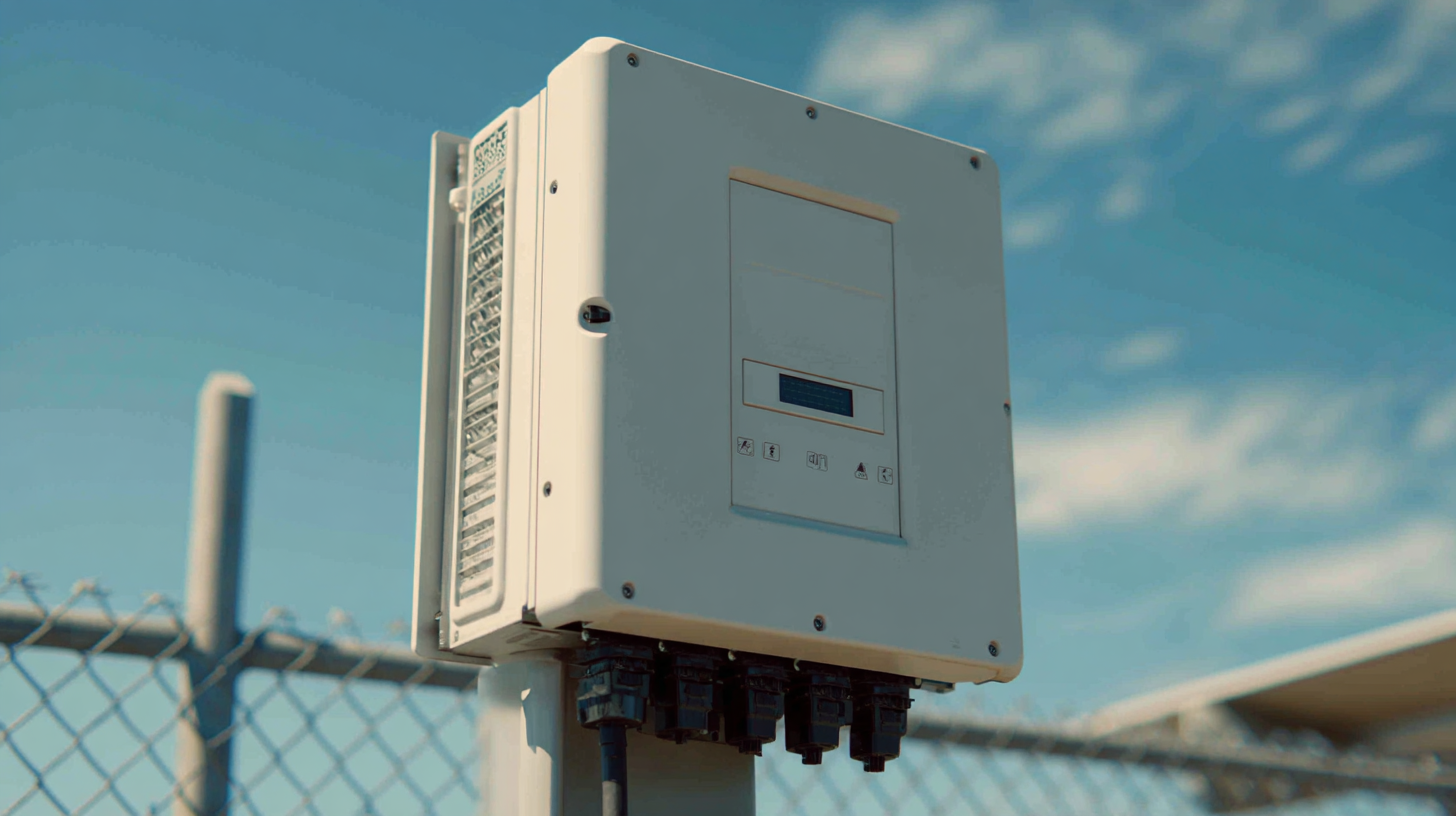
In 2024, the projections for bidirectional solar inverters indicate a continuation of this upward trend, fueled by technological advancements and a growing preference for renewable energy sources. These inverters not only enable solar systems to supply power back to the grid but also allow homeowners and businesses to capitalize on peak electricity prices. Insights from the latest market report suggest a competitive landscape where innovation is key, positioning bidirectional inverters as integral to the evolution of the renewable energy market in China and beyond.
Bidirectional solar inverters represent a significant advancement over traditional solar inverters in terms of energy performance. Unlike conventional inverters that only convert solar energy into usable AC power for home consumption, bidirectional inverters can also facilitate the flow of energy back to the grid or store it in batteries for later use. This capability not only enhances energy efficiency but also allows homeowners to take advantage of time-of-use rates, enabling them to utilize solar energy during peak demand times or sell excess energy back to the grid.
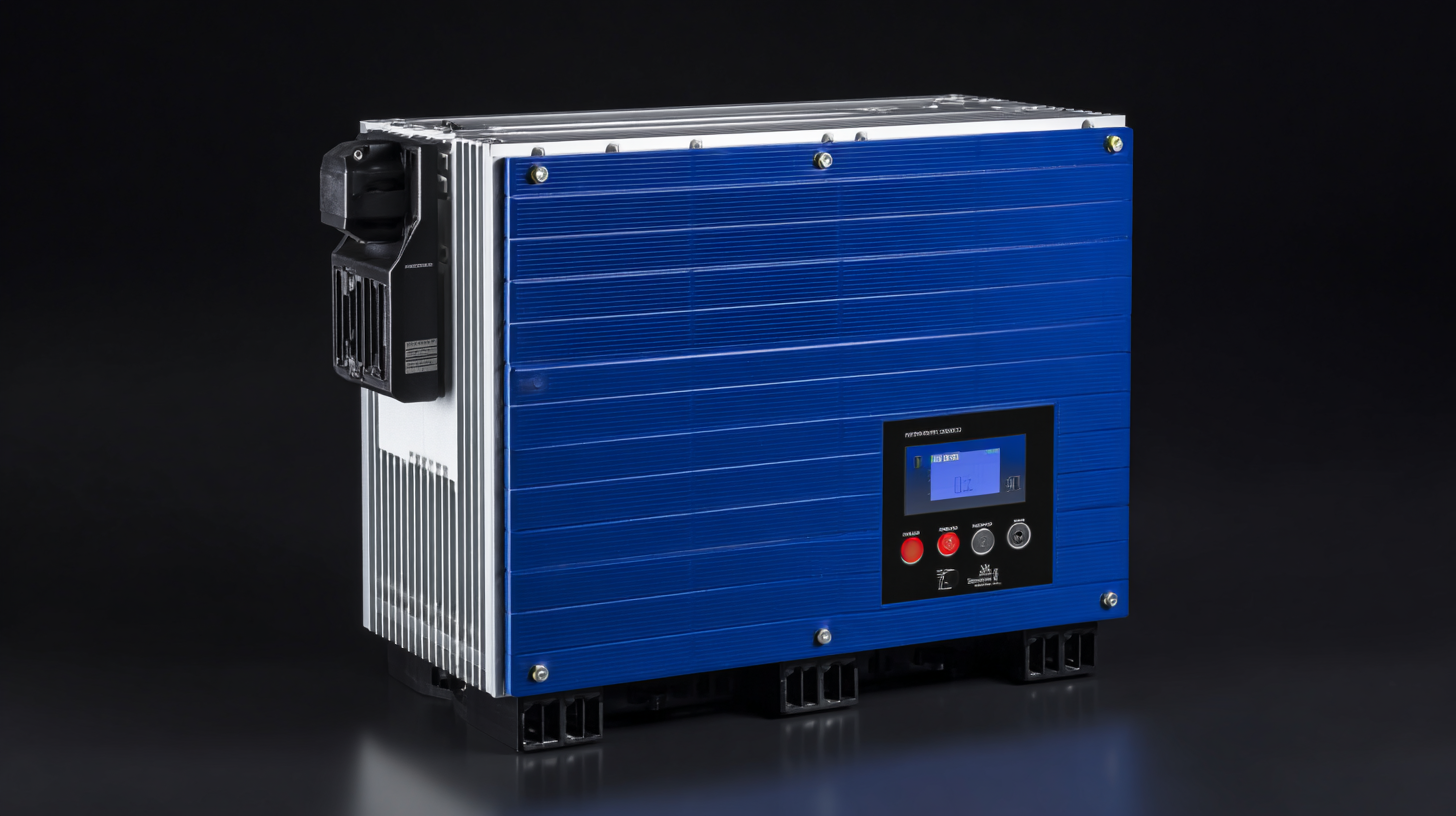
When comparing the two technologies, bidirectional inverters demonstrate superior adaptability. They can effectively manage energy storage systems, balancing incoming solar power and stored energy in real-time. This results in optimized energy usage, reduced costs, and a lower carbon footprint. Traditional inverters, while effective in their domain, lack the flexibility to integrate with energy storage and mitigate energy costs. Therefore, for users looking to maximize their energy performance and sustainability, bidirectional solar inverters provide distinct advantages that can lead to significant long-term savings and energy independence.
